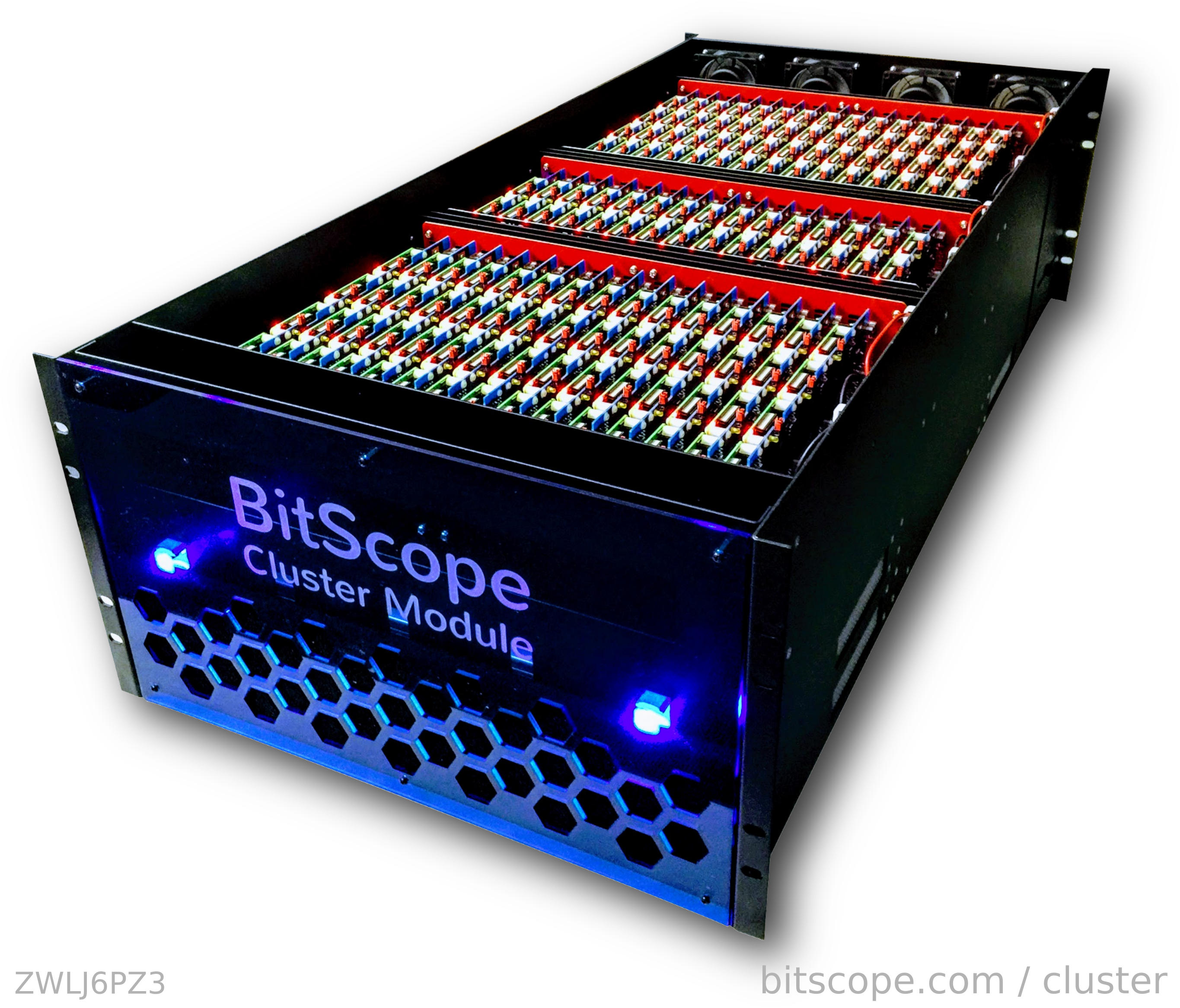Beaten to the punch?
If you’ve been following my Raiden project you’ll understand my mixed-emotions about this announcement at the Supercomputing 17 conference.  It would be easy to take this as a defeat, since many of my ambitions and design choices for the Raiden project overlap with this product in many ways, and had I started the project when I first felt a personal need for it, I would have easily reached a similar stage years ago. On the other hand, it’s encouraging to know that there is demand for a computer like this, and especially confirmation that developers desire personal supercomputers to aid in the development process. This need is the primary application called-out in the product announcement (it’s what drove their project to happen apparently) and it’s squarely in the sights of what Raiden Mark II is designed to provide. That’s exciting for two reasons:
It would be easy to take this as a defeat, since many of my ambitions and design choices for the Raiden project overlap with this product in many ways, and had I started the project when I first felt a personal need for it, I would have easily reached a similar stage years ago. On the other hand, it’s encouraging to know that there is demand for a computer like this, and especially confirmation that developers desire personal supercomputers to aid in the development process. This need is the primary application called-out in the product announcement (it’s what drove their project to happen apparently) and it’s squarely in the sights of what Raiden Mark II is designed to provide. That’s exciting for two reasons:
Reason #1
It’s not overly-ambitious for me to expect to have a working Mark II prototype completed by spring. While it won’t be built at the scale of the BitScope system, I don’t believe that scale is necessary to fulfill its role as a developer’s machine. Additionally, even hand-built production models of Mark II will be exponentially more accessible to developers in terms of cost, space, power and manageability.
Reason #2
This announcement means that my plan for Mark III (a scalable system with enough power to be useful for production work) is significantly more advanced than the BitScope system. If their machine is powerful enough to be useful for scientific work (and valuable enough to demand that price), Raiden Mark III should easily be competitive in terms of utility and cost. Something else that isn’t mentioned in the available information is evidence of any focus on the software tooling around setting up, maintaining and programming the machine. Developing software for supercomputers is a perennial problem in high-performance computing. There have been great strides recently in hardware for these machines but there seems to be less focus or progress on making it easier to write software that takes advantage of these hardware features. As a programmer who has studied & built machines like this for decades I understand that making supercomputer hardware accessible to developers has limited value if the development tools are not equally accessible to most programmers. This is why combining the two is a key aspect to the Raiden project, and something that seems to differentiate it from many modern supercomputers. Clearly, it’s time to get back to work…
